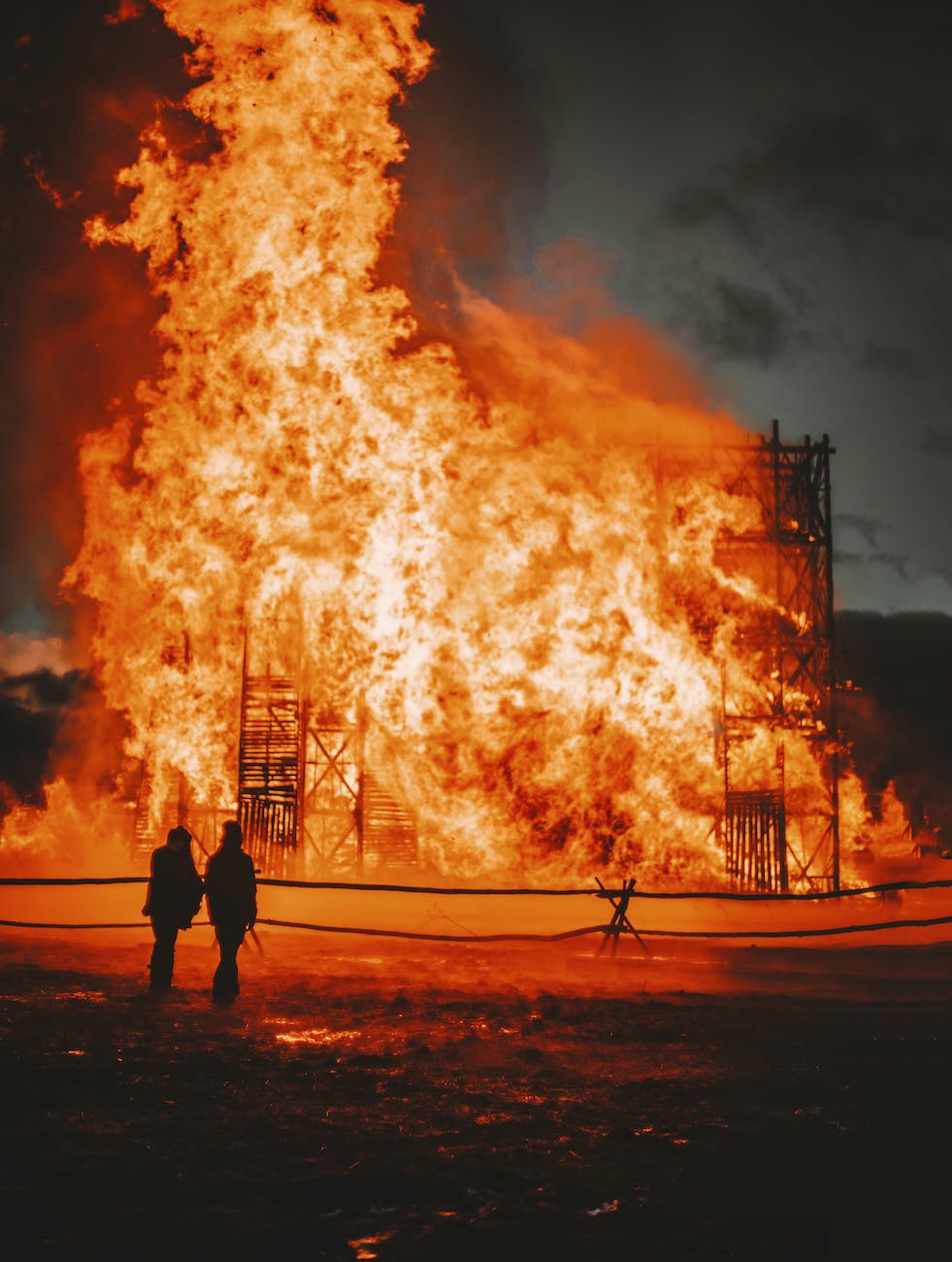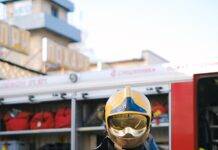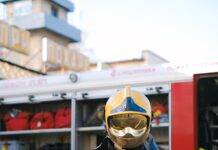
Fire Risk Assessment: Mitigating Threats to Safety
Fires pose significant risks to both life and property, making fire risk assessment an essential practice in any environment. Understanding the importance, processes involved, and best practices can safeguard against potential disasters.
Fire risk assessment serves as a proactive approach to identify potential hazards, assess risks, and implement preventive measures. It involves a systematic evaluation of the premises, equipment, materials, and activities that could contribute to a fire.
Introduction to Fire Risk Assessment
Fire risk assessment stands as a pivotal element in ensuring safety within any setting. Whether it’s a workplace, residential area, or public space, comprehending the significance of fire risk assessment remains crucial.
Understanding the Importance
The primary purpose of conducting a fire risk assessment is to prevent fires, protect individuals, and secure property. It’s not just about complying with legal obligations but about fostering a safe environment for all occupants.
Legal Obligations and Standards
Various regulations mandate businesses, landlords, and property owners to conduct regular fire risk assessments. Complying with these standards is not just a legal requirement but a moral obligation to prioritize safety.
Key Elements of Fire Risk Assessment
Identifying Fire Hazards
Recognizing potential fire hazards is the first step. It involves assessing sources of ignition, combustible materials, and the environment where fires could occur.
Evaluating Risks and Potential Consequences
Assessing the likelihood of a fire and its potential impact enables prioritizing risks and implementing necessary controls.
Control Measures and Prevention
Implementing control measures involves fire safety protocols, installation of fire alarms, extinguishers, and ensuring proper training for personnel.
Steps in Conducting a Fire Risk Assessment
Initial Assessment and Planning
Commencing with an initial assessment involves mapping the premises, identifying fire exits, and understanding the layout to prepare a comprehensive plan.
Identifying Potential Ignition Sources
Understanding potential sources of ignition, such as electrical equipment, heating sources, or chemical substances, is crucial to preempt fire risks.
Assessing the Likelihood of a Fire
Evaluating the probability of a fire breaking out based on identified hazards and the effectiveness of existing control measures is a critical step.
Documentation and Record-Keeping
Maintaining accurate records of fire risk assessments, findings, and actions taken is vital for compliance and continuous improvement.
Importance of Maintaining Records
Records serve as evidence of compliance and aid in identifying any areas that need improvement or modification.
Compliance with Regulations
Meeting regulatory requirements ensures legal compliance and demonstrates commitment to safety.
Roles and Responsibilities in Fire Risk Assessment
Duties of Employers and Employees
Employers hold the responsibility for conducting assessments, while employees should actively participate and report potential risks.
Involvement of Fire Safety Professionals
Engaging fire safety professionals for complex assessments or guidance can significantly enhance the assessment’s effectiveness.
Periodic Review and Updates
Importance of Regular Reassessment
Regularly reviewing and updating assessments accommodate changes in the environment, equipment, or operations, ensuring ongoing safety.
Adapting to Changes
Adapting assessments to changes in regulations or organizational dynamics is crucial for maintaining effectiveness.
Common Mistakes to Avoid
Overlooking Specific Hazards
Failing to identify less obvious hazards might lead to oversights that compromise safety.
Inadequate Training and Awareness
Insufficient training and awareness among occupants can hinder effective responses during a fire emergency.
Benefits of a Comprehensive Fire Risk Assessment
Ensuring Safety of Personnel and Property
A well-executed fire risk assessment minimizes the risks of injury or fatality and protects property from fire damage.
Mitigating Financial Losses and Reputational Damage
Preventing fires through proactive measures can save businesses from significant financial losses and reputational harm.
Fire risk assessment involves evaluating a building or premises to identify potential fire hazards and assess the level of risk they pose. This assessment typically involves:- Identifying Fire Hazards: This includes anything that could start a fire, such as electrical equipment, flammable materials, heating systems, etc.
- Evaluating People at Risk: Assessing who might be in the building at any given time and their ability to evacuate in case of a fire, including employees, visitors, or residents.
- Assessing Fire Safety Measures in Place: Checking if there are adequate fire detection systems, fire extinguishers, emergency exits, evacuation plans, etc.
- Recording Findings: Documenting all identified hazards and the measures in place to mitigate them.
- Reviewing and Updating: Fire risk assessments should be regularly reviewed and updated to ensure they remain relevant and effective.
The purpose of such assessments is to prevent fires, minimize risks, protect people's lives, and ensure that appropriate measures are in place to deal with a fire emergency.Conclusion
Conducting a thorough fire risk assessment is imperative for safeguarding lives, property, and ensuring business continuity. It’s not just a regulatory requirement but a fundamental practice that promotes a safe and secure environment for all.
What is the Life of a Fire Sprinkler?
What is K-Factor in Sprinkler Systems?
Where Are Fire Sprinkler Systems Used?
FAQs
- How often should a fire risk assessment be conducted?
- Assessments should be regularly reviewed, typically annually or whenever significant changes occur.
- Who is responsible for conducting fire risk assessments in a workplace?
- Employers hold the primary responsibility, ensuring it’s conducted by a competent person.
- What happens if a business fails to conduct a fire risk assessment?
- Failure to conduct assessments can result in legal penalties and pose serious risks to safety.
- Are there templates available for conducting fire risk assessments?
- Yes, various templates and guidelines are available to assist in conducting assessments.
- Can outsourcing fire risk assessments be beneficial for businesses?
- Engaging professionals can ensure a more thorough assessment and compliance with standards.
























